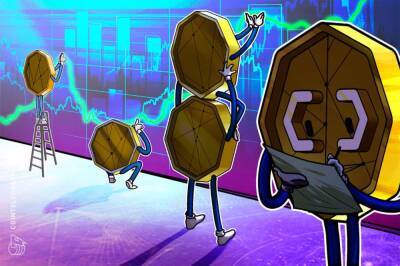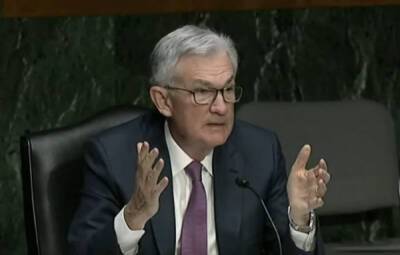Crypto regulation concerns make decentralized stablecoins attractive to DeFi investors
Stablecoins have emerged as a foundational part of the cryptocurrency ecosystem over the past couple of years due to their ability to provide crypto traders with an offramp during times of volatility and their widespread integration with decentralized finance (DeFi). These are necessary for the health of the ecosystem as a whole.
Currently, Tether (USDT) and USD Coin (USDC) are the dominant stablecoins in the market, but their centralized nature and the persistent threat of stablecoin regulation have prompted many in the crypto community to shun them and search for decentralized alternatives.
Binance USD (BUSD) is the third-ranked stablecoin and is controlled by the Binance cryptocurrency exchange. DAI, the top ranked decentralized stablecoin, has 38% of its supply backed by USDC which, again, raises questions about its “decentralization.”
Investors’ pivot toward decentralized stablecoins can be noted by the rising market capitalizations and the number of DeFi platforms integrating TerraUSD (UST), FRAX (FRAX) and Magic Internet Money (MIM).
Here’s a look at some of the factors backing the growth of each stablecoin.
TerraUSD (UST) is an interest-bearing algorithmic stablecoin that is part of the Terra (LUNA) ecosystem and is designed to remain value-pegged with the United States dollar.
In order to mint new UST, users are required to interact with Anchor Protocol and either burn an equivalent value of the network’s native LUNA token or lock up an equivalent amount of Ether (ETH) as collateral.
The addition of Ether as a form of collateral really helped kick things into high gear for UST because it allowed for some of the value held in Ether to migrate into the Terra ecosystem and this resulted in an increase to UST
Read more on cointelegraph.com

















